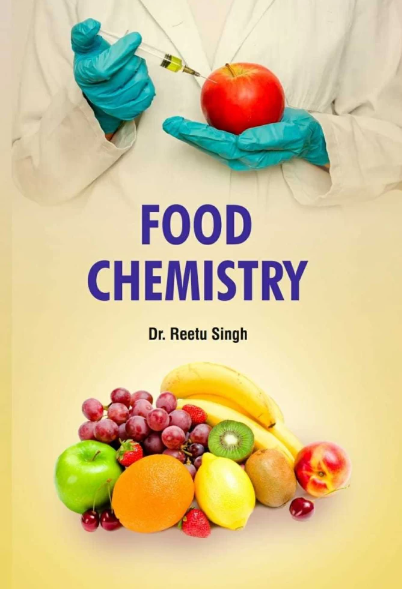Enhanced lateral flow immunoassay using ultrabright red-emitting AIE nanoparticles for simultaneous detection of Escherichia coli O157:H7 and Salmonella typhimurium
IF 8.5
1区 农林科学
Q1 CHEMISTRY, APPLIED
引用次数: 0
Abstract
Herein, we introduce a novel lighting-up fluorescence immunoassay, designated as d-AIENPs-LFIA, for the synchronous detection of Escherichia coli O157:H7 and Salmonella typhimurium utilizing ultrabright red-emitting aggregation-induced emission nanoparticles (AIENPs) as signal-amplification probes in a lateral flow immunoassay (LFIA). Under the developed conditions, the d-AIENPs-LFIA demonstrated exceptional sensitivity, enabling highly sensitive synchronous detection of E. coli O157:H7 and S. typhimurium within 15 min, with detection limits of 396 and 236 CFU/mL, respectively. This d-AIENPs-LFIA exhibited good reproducibility, with average recoveries of 83.68 % to 113.31 % and coefficients of variation below 15.83 %. Furthermore, the practical applicability of the d-AIENPs-LFIA was further demonstrated in complex food matrices, including lettuce, skim milk powder, and milk samples. Notably, by incorporating a pre-incubation step, the sensitivity of the d-AIENPs-LFIA was significantly enhanced to 1 CFU/mL within 6 h, offering substantial potential for routine rapid screening of foodborne pathogens.利用超亮红光AIE纳米颗粒增强横向流动免疫分析法同时检测大肠杆菌O157:H7和鼠伤寒沙门菌
在此,我们介绍了一种新的发光荧光免疫分析法,命名为d-AIENPs-LFIA,用于同步检测大肠杆菌O157:H7和鼠伤寒沙门氏菌,利用超亮红色聚集诱导发射纳米粒子(AIENPs)作为信号放大探针,在横向流动免疫分析法(LFIA)中进行检测。在建立的条件下,d-AIENPs-LFIA表现出优异的灵敏度,可在15 min内对大肠杆菌O157:H7和鼠伤寒沙门氏菌进行高灵敏度的同步检测,检出限分别为396和236 CFU/mL。d-AIENPs-LFIA重复性好,平均加样回收率为83.68 % ~ 113.31 %,变异系数小于15.83 %。此外,d-AIENPs-LFIA在生菜、脱脂奶粉和牛奶样品等复杂食品基质中的实际适用性得到了进一步验证。值得注意的是,通过加入孵育前步骤,d-AIENPs-LFIA的敏感性在6 h内显著提高到1 CFU/mL,为常规快速筛选食源性病原体提供了巨大的潜力。
本文章由计算机程序翻译,如有差异,请以英文原文为准。
求助全文
约1分钟内获得全文
求助全文
来源期刊

Food Chemistry
工程技术-食品科技
CiteScore
16.30
自引率
10.20%
发文量
3130
审稿时长
122 days
期刊介绍:
Food Chemistry publishes original research papers dealing with the advancement of the chemistry and biochemistry of foods or the analytical methods/ approach used. All papers should focus on the novelty of the research carried out.
 求助内容:
求助内容: 应助结果提醒方式:
应助结果提醒方式:


